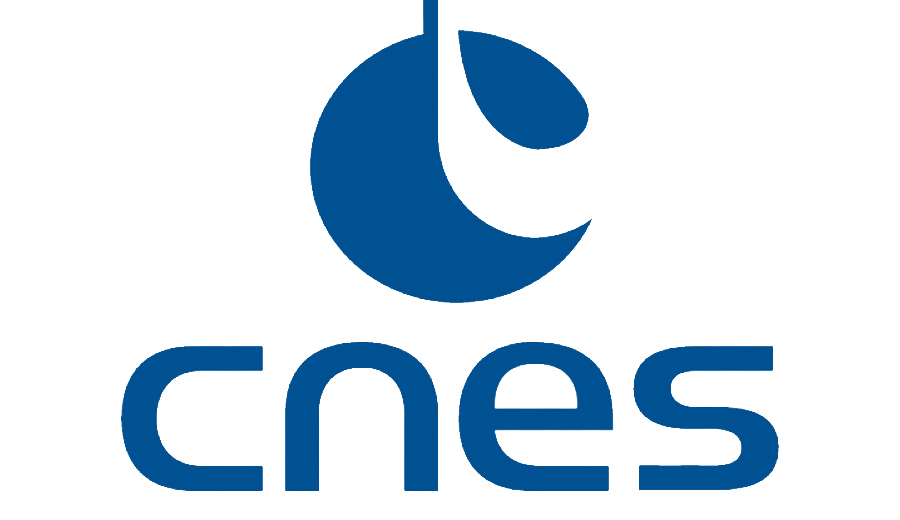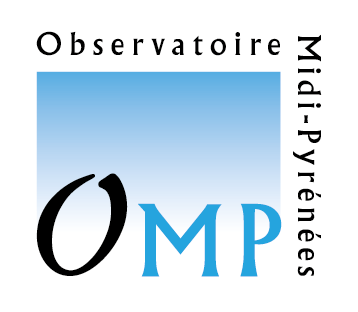Post-doc XMM-Newton
The `Astrophysics of Compact Objects’ group at the IRAP, Toulouse invites applications for a postdoctoral position to participate in the IRAP XMM-Newton Survey Science Centre (SSC) activities. The IRAP is one of 10 European institutes that constitute the XMM-Newton SSC, responsible in part for producing the XMM-Newton Science Analysis Software (SAS), performing pipeline processing, the identification of serendipitously detected X-ray sources and the production of a catalogue of XMM-Newton detected sources. The group is also involved in current and future projects such as INTEGRAL, Fermi, NuSTAR, CTA, SVOM, LOFT and Athena.
As well as participating in SSC activities, the successful applicant will be expected to collaborate with other group members working on compact objects, using data from XMM-Newton and other observatories such as INTEGRAL, RXTE, Chandra etc. The groups particular interests are neutron star timing (pulsars and QPOs), ultra luminous X-ray sources and compact binaries in general.
The candidate is expected to have: experience in high energy astrophysics; some programming skills and experience in compact objects.
It would also be advantageous to have skills in interpreting data from other wavelengths. The post is open to candidates of any nationality who hold a PhD. The post is initially for one year and renewable for a further two years. Candidates should submit a curriculum vitae, a summary of research interests, a list of publications and two letters of recommendation to Natalie Webb before the 31st December 2011.
Submission Address for Resumes/CVs:
Dr. Natalie Webb
Institut de Recherche en Astrophysique et Planetologie
9 avenue du Colonel Roche
BP 44346
31028 Toulouse cedex 4
France
Telephone: +33561557570
FAX: +33561556701
Email: Natalie.Webb@irap.omp.eu
Date : 04/11/20112011/11/04







